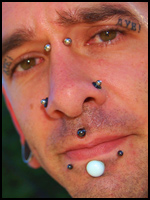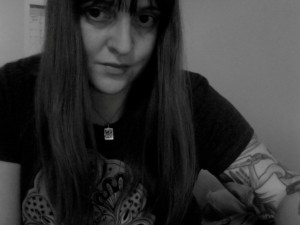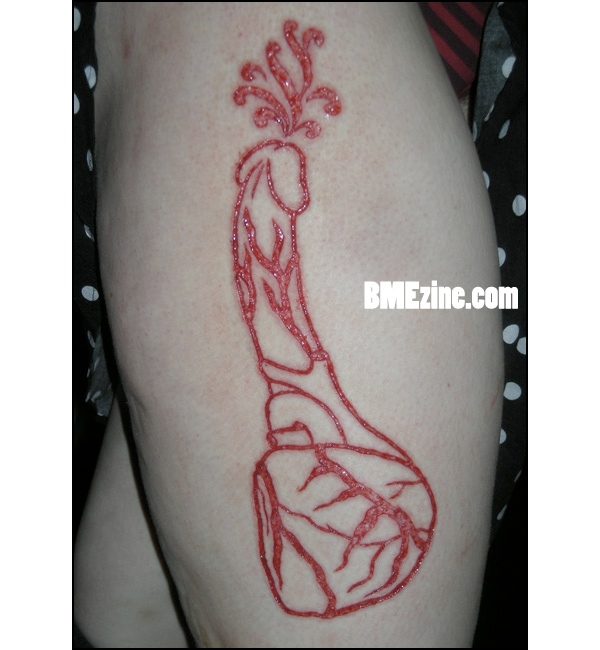In 1979, my father purchased a dual floppy, wooden cased, DOS-based computer called the NorthStar Horizon. With no hard drive, a giant dot matrix printer and a tiny monochrome screen, this magical machine could run the tax software for his CPA firm, making the tedious task of written double-entry book-keeping obsolete. Although the device is now just gathering dust in my garage, at the time it was a tool that allowed his business to grow dramatically without needing to hire more accountants.
Jumping forward a few years … I started piercing in 1992, the World Wide Web didn’t exist and the only comprehensive online resource was the rec.arts.bodyart newsgroup. Yes, there were plenty of photos changing hands in those days, but the random body modification you might see was simply the byproduct of downloading porn. Yes, porn was passed around before the WWW. Crazy, huh? Sites like BME and SPC didn’t exist and the body modification community was inspired by images in printed materials, most notably Modern Primitives, of which many careers including mine got their start.
Back in those days I know the desire for body modification existed, but without the Internet to expose the masses, it remained an obscure art form. It was the practitioners that appeared in the late ‘80s and early ‘90s that were the first generation to really cut their teeth simultaneously as the Internet began its influence. Some embraced the new technology and their careers grew and thrived. Others tried and ultimately floundered in the wake of the World Wide Web’s massive and sudden overexposure. Then a third group of modders either missed the boat altogether or purposely avoided the Internet, and who can blame them? For every positive thing posted there seems to be numerous negative and often hateful responses, especially in those days.
Remember the days of film cameras and scanners? Back then people had to take pictures, have them developed and scan them before they could ever be uploaded to the web. It was a time when Paul King was the MTV poster boy for navel piercings, and practitioners were changing from simple craftsmen to rock stars almost overnight. Tattooers may have earned that stature before the rest of us, but the Internet definitely played a key role in helping everyone working in the body modification industry to reach a new level of fame.
Back then if you put a ring in your friend’s penis using a safety pin, you might have been viewed as a hack, but take a picture and put in on the web and you were a pioneer and an innovator, and it didn’t stop there. One ring in a penis? How about two? Three? Heck, why not cut it in half? Half, shit, cut it off!
Now before the age-old debate of how far is too far begins, I will step back and say this: People are going to do what they want. Do photos on the Internet shape the viewer? To an extent, sure. Do these same images inspire people to reach for the next level? Yes, of course, but don’t blame the Web for people’s stupidity and poor choices. It’s like blaming rock music for murder. Giving someone an idea is far different than forcing their hand.
The Internet is a tool, nothing more. A very complex, multifaceted and often entertaining tool … but still just a tool, one that the body modification community uses more effectively than any other hands-on trade. Maybe it’s the fact that our industry blurs the line between craft and entertainment. In a sense we hit the reality crazy before the TV ever did. Want see the strange and bizarre? You can program your TiVo to find the shows or you can just turn on your computer.
So here we are, the subject of constant controversy from both inside and outside our ranks. The male ear piercings we found so shocking the ‘70s hardly raise an eyebrow anymore. Will two-inch lobes and facial tattoos be viewed the same way in 30 years? Who can say? There’s no doubt the Internet has helped body modification to thrive. Would television, film and print media have had the same effect? Probably not, but our growth may have been more controlled. Research would have trickled down slower. International communication would have been difficult at best. Marketing and exposure? Really I have no clue.
If there is nothing else I’ve learned over the years it’s that technology is ever changing. No matter what the field, all industries must learn to adapt and use what is available to the fullest if they hope to survive.
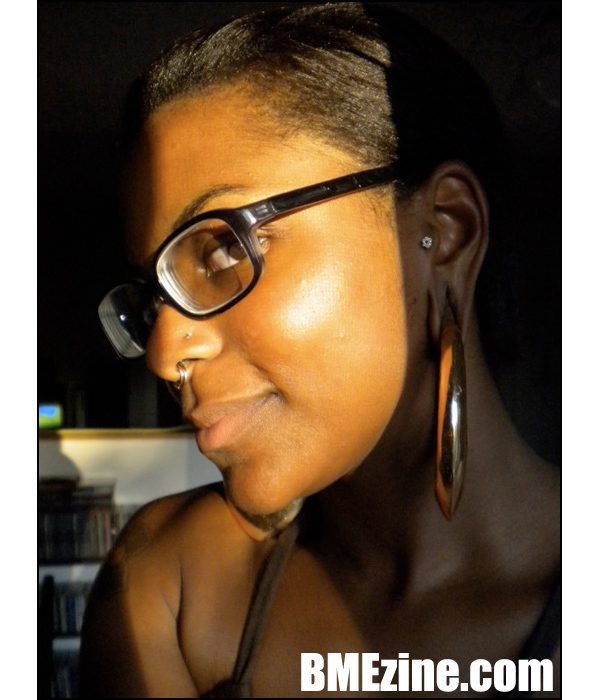

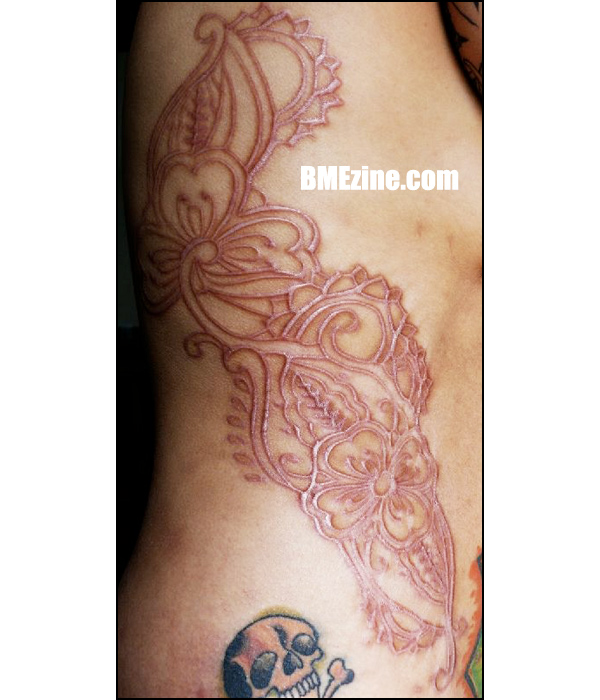











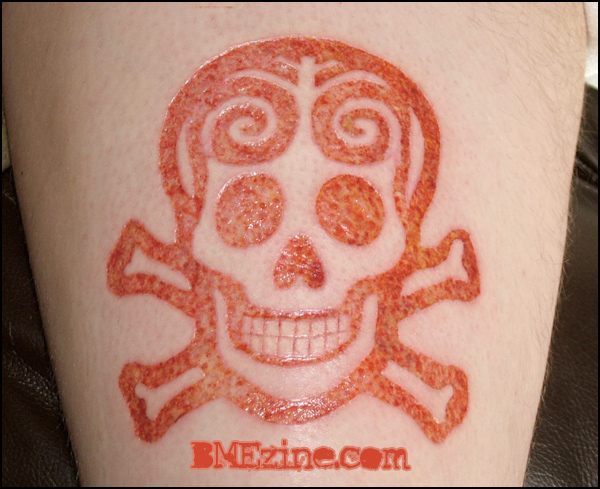

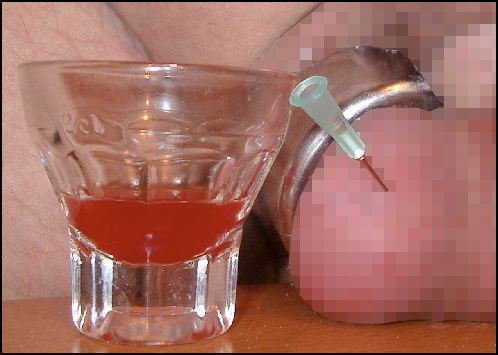




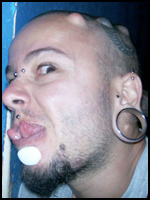
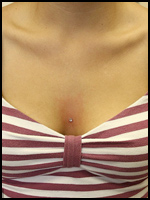








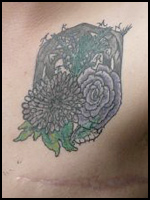

 Metal Faced Yazzy
Metal Faced Yazzy
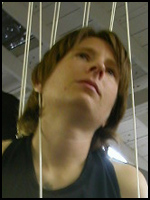










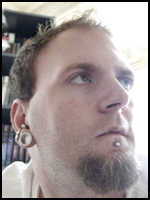






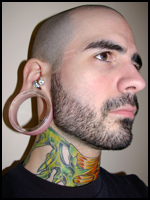
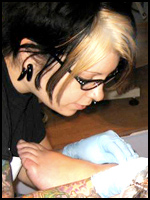





 Jason Cartwright
Jason Cartwright